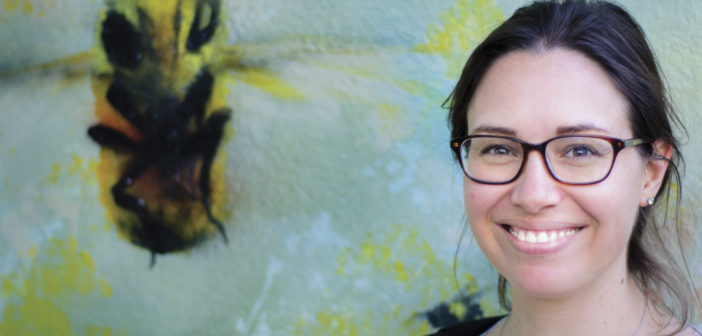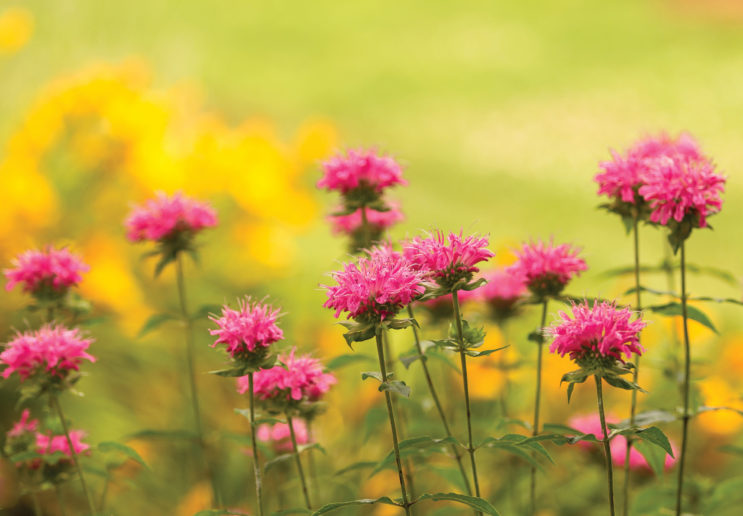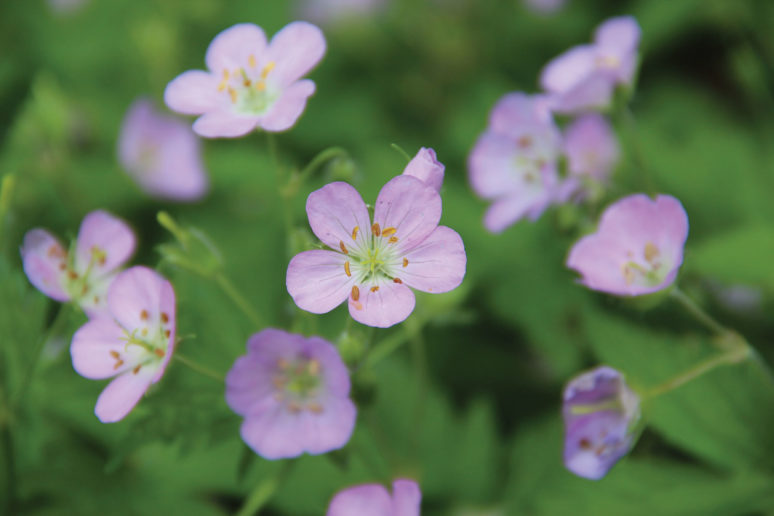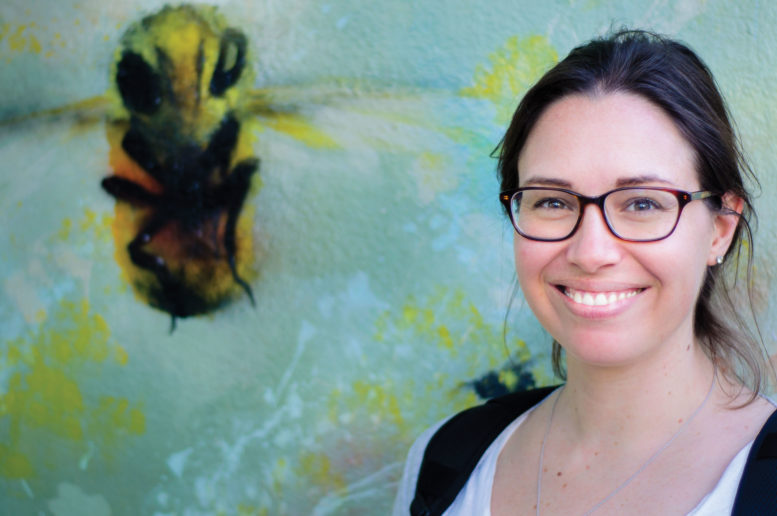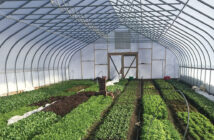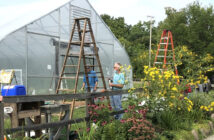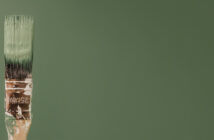Did you know that honeybees are not the only bees out there? In fact, Michigan is home to nearly 400 native bee species! From the large and fuzzy bumblebee, to the tiny, shiny, bright-green sweat bee, there is considerable pollinator diversity represented here in the Midwest.
In Michigan, the overwhelming majority of native bees are solitary, meaning there is no hive or queen and they do not produce honey, so these insects are not aggressive as there is no group protection of a hive. In fact, most Michigan bees live in tiny nests in the soil, or will utilize pre-existing cavities, like a nook or cranny in masonry or trees. The nests are essentially small tunnels excavated by females that lay eggs there and provide each one with a small ball of pollen she collects from flowers. This means that when the egg hatches, the growing bees have something to eat until their wings develop and they can go find food on their own.
Though many of our bee species appear to be doing well, some are of conservation concern. For example, Michigan is home to the endangered rusty patched bumblebee (Bombus affinis), which has a small rust-colored band across the back of its abdomen. If you are interested in helping scientists track bumblebees, you can join Bee Spotter or Bumblebee Watch – if you think you see one, just take a quick picture with your phone and upload it!
In our own yards and the outdoor-spaces we manage, big or small, there are many ways we can help provide a habitat for our fascinating and beautiful native pollinators. Overall, providing pollinator habitat tends to mean doing less yardwork!
The best way to create a bee habitat in your yard or attract them to your garden is to have something constantly in bloom. Our native bees tend to prefer native plants, but aiming for something flowering is always better than nothing. A few bee favorites by bloom period include early bloomers: Foxglove Beardtongue (Penstemon digitalis), Wild Sweet William (Phlox divaricate) and False Blue Indigo (Baptisia australis); mid-summer bloomers: Blazing Star (Liatris spicata), Bee Balm (Monarda fistulosa), Yellow Coneflower (Ratibita pinnata), Purple Coneflower (Echinacea purpurea); late-summer bloomers: Black-eyed Susan (Rudbeckia hirta), Purple Prairie Clover (Dalea purpurea), Sunflowers (various genera) and fall-bloomers: New England Aster (Symphotrichum novae-angliea), Smooth Aster (Aster laevis) and Goldenrods (any species of Solidago).
Though there is an immediate impact from planting larger plants, this can be a more expensive route than purchasing seeds from a native seed supplier – of which we are lucky to have many in Michigan! You can even pick up a packet or two of pollinator-friendly seed mix and toss it out into your flower bed. Some plants take a year or two to establish, so your big surprise will happen around year three, when you will see new types of flowers in bloom you hadn’t seen the past two years. In the fall, feel free to leave the plants standing, some make striking displays in winter with the dark brown seed heads popping against a backdrop of snow. Or, just mow over them or cut them down if you prefer a neater look. Whatever suits your garden and preference.
Another way to provide bee habitat and encourage them to stay in your yard is by giving them a place to live. Again, many of these steps mean less yardwork! First, leave some fallen branches or logs (even firewood) in your yard. Many bee species move into the nooks and crannies that naturally develop in wood, but you can also help them along by building a nesting box. Essentially, drill some holes about the diameter of a No. 2 pencil and 4-6” deep into a log – and you’re set!
Many garden centers and stores also sell nesting boxes that are a collection of hollow tubes gathered together – some are quite beautiful in design. Just leave them out. You can tell if a bee moved in by the cover she will place over the nest when it is complete. Some may look like a door made of mud, others look like a tiny, green wreath is lining the entryway – this can help you determine what type of bee has made her home there. “Her” home because only female bees make nests – the males tend to sleep in flowers!
Additionally, try not to cover all bare ground with lawn or bark chips. If you have a flower bed and prefer the bark chip-filled look, try to leave some bare ground between or behind plants that is not visible from the front. It will save you money and time, as well as provide a place for the soil-dwelling bee species to build a nest amongst your garden and flowers.
Then, stand back and watch! You may be surprised how busy (and buzzing) your garden will be. Many of our bees are quite small, about the length of your pinky fingernail, and some are beautifully colored with iridescent greens and blues. Just watch for their behavior – are they landing on the part of the flower that has pollen? Are they walking around for a few seconds or a minute or two before flying away? Odds are you just watched a very happy bee thriving in the habitat you created!
Provided by Rebecca Tonietto,
PhD Assistant Professor, Biology University of Michigan-Flint
Photo by Sean Anderson
Bee Balm bryanpollard / stock.adob.com
Wild Sweet William laura / stock.adob.com
Yellow Coneflower Nada Sertic / stock.adob.com

